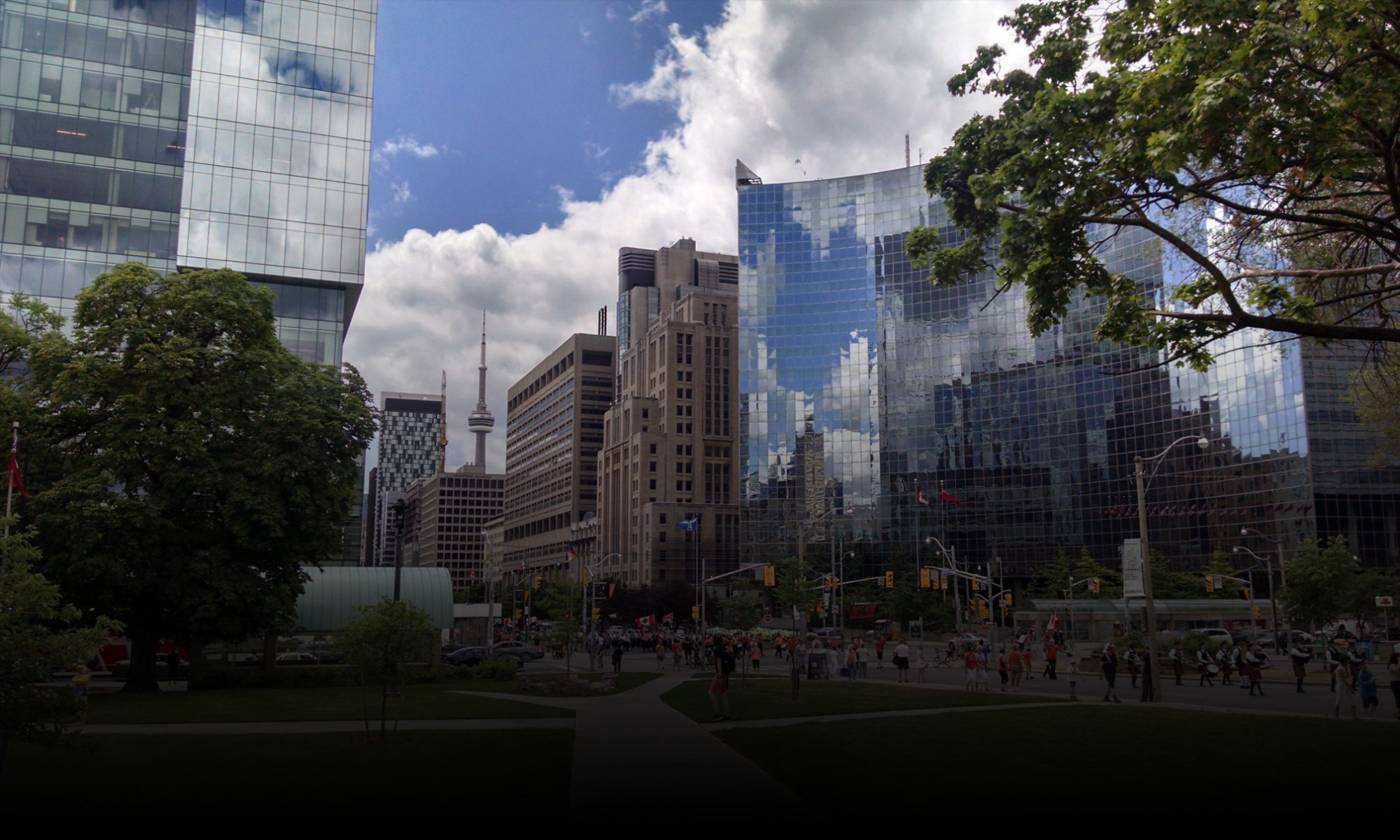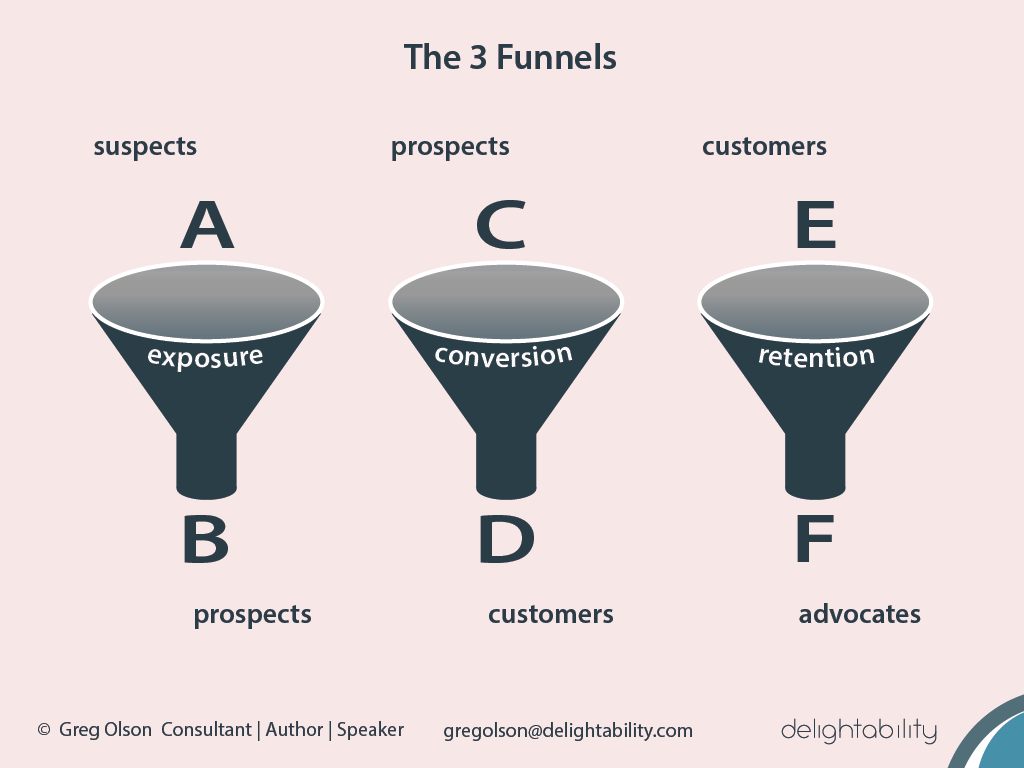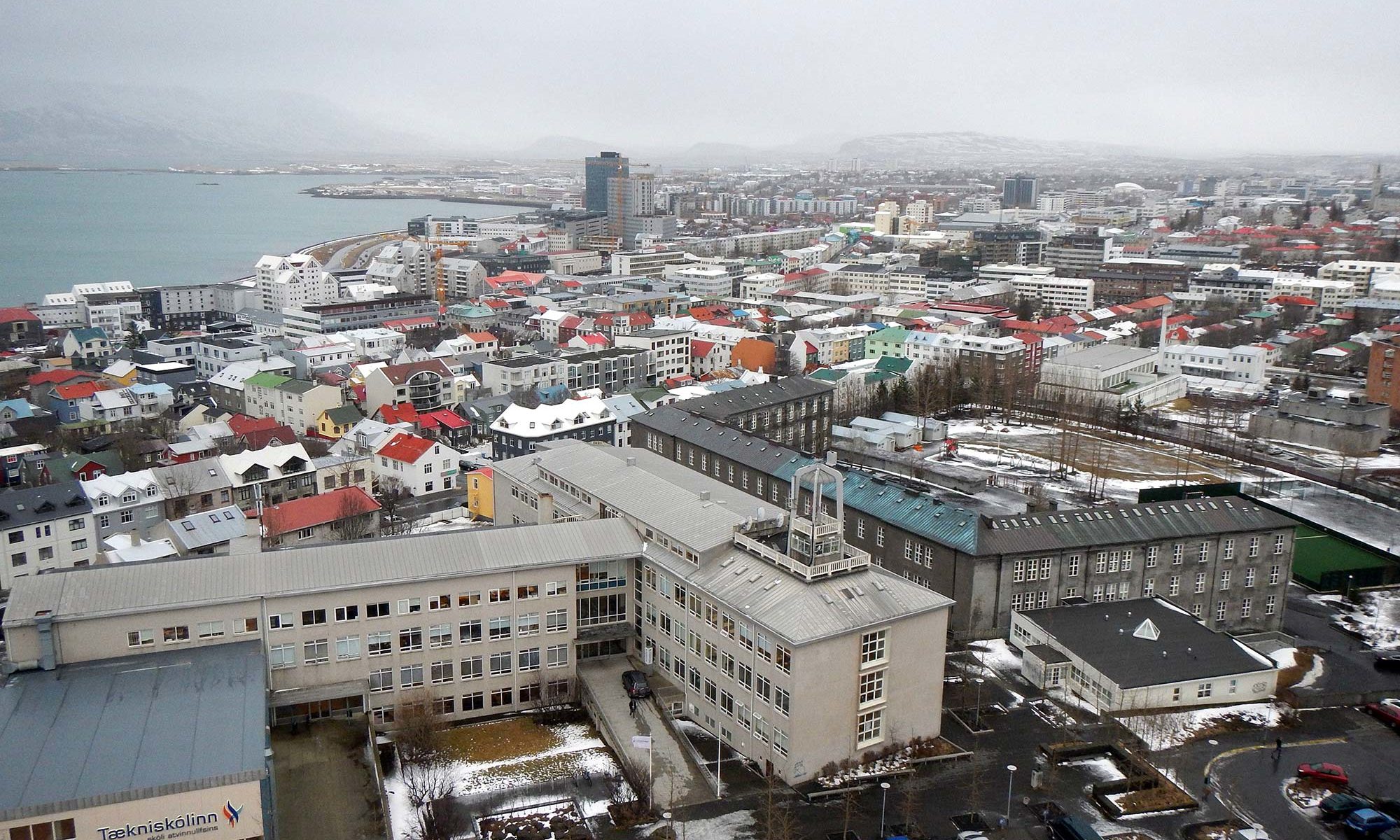You see a model that is so simple that it can't possibly apply to your unique situation. That's what most people believe. It is also the reason why most humans (and business leaders in particular) struggle to learn from others. But, people like you do learn; this article is for you.
The 3 Funnels is the Key to Organizational Longevity
No matter the size or type of your organization, you’re subject to the 3 funnels - there is no escape. Effectively navigate the 3 funnels and never run out of cash and you'll be a going concern forever. The 3 funnels are (left to right in the image above):
- The exposure funnel where you turn suspects (A) into prospects (B);
- The adoption funnel where you turn prospects (C) into cash generating customers that are using your product or service (D);
- The retention funnel where you turn customers (E) into loyal advocates (F) that help you attract more prospects, in turn reducing your marketing expenses related to the exposure funnel.
Leaky Funnels and Blocking Covers
Limited flow through any of these funnels negatively impacts your organization. The funnel shape implies that there is a slowdown; people enter the top and then take a while to get out through the bottom. No matter how perfect your organization you won't have 100 percent throughput. Some customers never make it through the funnel. It can be as though the funnel is leaky or has a cover that prevents people from entering. You don't want to be a board member, executive leader, or manager that makes decisions that in effect, limit the flow through the funnels. Don't be your own competitor.
3 Funnel Diagnostic
If you want to spark some authentic dialogue in your organization then pull together a team and perform a 3 Funnel Diagnostic.
- First, build a report against the 3 funnels to show how many people are at each of the stages. Can you do this?
- Secondly, discuss all of the activities that your organization is involved with in moving people from initial suspect all the way through advocacy. No doubt you discover organizational performance gaps. Understand the customer journey.
- Thirdly, discuss what barriers are preventing people from entering each funnel or making it all the way through. By doing this, you'll surface where people get stuck and the reasons why. I guarantee you that the reasons will be more attributable to your organization's own performance gaps as opposed to your competitors doing a far superior job. This is especially evident in industries where customer satisfaction is low industry-wide.
Have a Better Conversation
Let's face it, in most organizations the discussion around the sales or marketing funnel is overly simplified and dominated by whichever department is more influential at the time. But, that isn't the most productive way to run a business. When sales and marketing are not working cooperatively together then customers and would-be customers suffer. Not long after that the business suffers.
A better conversation centers around your customer and the steps (touchpoints) they go through from first learning of your product, service, or company to becoming a loyal advocate. Three distinct funnels best represent this metamorphosis from suspect to prospect to customer to advocate. Sure, it is easier to dumb things down and create a single simplified funnel. But, imagine your accounting department or bookkeeper only had a single account as opposed to a full chart of accounts. You'd have an accounting nightmare and subsequently a tax nightmare. That is no way to run a business.
Evolve your conversation around sales and marketing funnels and your business will evolve, too. Proposing such a 3 Funnel Diagnostic will take some courage. But, you have courage, right? Want some assistance? Get in Touch.
about the author
Gregory Olson authored The Experience Design Blueprint, a book about designing better experiences and then making them come true. Chapters in the book that especially pertain to this article include:
- Chapter 3: Who is in the Sandbox?
- Chapter 8: The Promise Delivery System
- Chapter 11: Barriers to Innovation and Overcoming the Wall
Gregory Olson’s latest book is L’ impossi preneurs: A Hopeful Journey Through Tomorrow, a light-hearted and deadly serious book about a brighter future where we live more meaningful lives, governments invest in people and sustainable progress, and technology serves humans.
Gregory Olson founded Delightability, LLC. with the belief that if you delight customers then success will follow. He believes that we all have the potential to do better, as individuals, organizations, and communities, but sometimes we need a little help. Gregory also served as a volunteer board member for Oikocredit USA, a support association for international financial cooperative, Oikocredit International.





 Gregory Olson founded strategy and design firm Delightability, LLC. with the belief that if you delight customers then success will follow. He believes that we all have the potential to do better, as individuals, organizations, and communities, but sometimes we need a little help. Gregory also serves as a volunteer board member for
Gregory Olson founded strategy and design firm Delightability, LLC. with the belief that if you delight customers then success will follow. He believes that we all have the potential to do better, as individuals, organizations, and communities, but sometimes we need a little help. Gregory also serves as a volunteer board member for  No matter your title or role you are involved in customer experience. As a consumer yourself, sometimes you just want things to work. They don’t always need to be remarkable; they do need to be reliable, predictable, dependable, and above all unbroken.
No matter your title or role you are involved in customer experience. As a consumer yourself, sometimes you just want things to work. They don’t always need to be remarkable; they do need to be reliable, predictable, dependable, and above all unbroken.
 Your forethought is an insurance policy against broken experiences that your future customers may have. Treat the situation the same as if your customer were a child wandering toward traffic in a busy intersection. Of course, you’d intervene and help them out.
Your forethought is an insurance policy against broken experiences that your future customers may have. Treat the situation the same as if your customer were a child wandering toward traffic in a busy intersection. Of course, you’d intervene and help them out. Gregory Olson founded strategy and design firm Delightability, LLC. with the belief that if you delight customers then success will follow. He believes that we all have the potential to do better, as individuals, organizations, and communities, but sometimes we need a little help. Gregory also serves as a volunteer board member for
Gregory Olson founded strategy and design firm Delightability, LLC. with the belief that if you delight customers then success will follow. He believes that we all have the potential to do better, as individuals, organizations, and communities, but sometimes we need a little help. Gregory also serves as a volunteer board member for 

 Ignoring Climate Change and Customer Experience can result in diminished human potential and destroyed companies, brands, property, and lives. The good news is that amid deniers of Climate Change or those that don’t think the Customer Experience matters, there are many people who do care and are actively engaging others to care, too.
Ignoring Climate Change and Customer Experience can result in diminished human potential and destroyed companies, brands, property, and lives. The good news is that amid deniers of Climate Change or those that don’t think the Customer Experience matters, there are many people who do care and are actively engaging others to care, too.








 Gregory Olson founded strategy and design firm Delightability, LLC. with the belief that if you delight customers then success will follow. He believes that we all have the potential to do better, as individuals, organizations, and communities, but sometimes we need a little help. Gregory also serves as a volunteer board member for
Gregory Olson founded strategy and design firm Delightability, LLC. with the belief that if you delight customers then success will follow. He believes that we all have the potential to do better, as individuals, organizations, and communities, but sometimes we need a little help. Gregory also serves as a volunteer board member for 
 Robots Don’t Kill Jobs But CEOs Do
Robots Don’t Kill Jobs But CEOs Do More plainly, it is about greed. The intent is to move money that would otherwise be paid to workers and redistribute instead to leadership and investors, either directly or indirectly. It is a flawed equation from the onset. History is proving this more and more, if only we would learn. Unfortunately, maximizing shareholder value and its related bad ideas are still perpetuated by business schools, investors of the short run, and the unwitting. There are simply more stakeholders to the equation that are made to be invisible, namely humans and the environment. Smart progressive leaders and companies already realize this. So do the customers that align to those values.
More plainly, it is about greed. The intent is to move money that would otherwise be paid to workers and redistribute instead to leadership and investors, either directly or indirectly. It is a flawed equation from the onset. History is proving this more and more, if only we would learn. Unfortunately, maximizing shareholder value and its related bad ideas are still perpetuated by business schools, investors of the short run, and the unwitting. There are simply more stakeholders to the equation that are made to be invisible, namely humans and the environment. Smart progressive leaders and companies already realize this. So do the customers that align to those values. A better world begins with the decisions made at dinner tables and carried through to the office and the board room. CEO decisions don’t live in some special vacuum. When a Hungarian camerawoman decides to trip a man carrying his child as they strive for refuge and a fresh start, the world watches. And, when a CEO chooses to trip a person or family that relied on a paycheck, also on the way to somewhere, the world watches, too. The song of cuts has been played over and over again. In the case of HP, 100,000 jobs cut in the last 10 years. In the case of Microsoft 20,000+ in recent years. For HSBC is was 50,000 jobs recently announced to be cut and Deutsche Bank yesterday announced it will cut 25% of its workforce, or 23,000 human beings. Plenty of other examples abound. It is time to change the music. It’s also time to own up to the decision and stop blaming “things”.
A better world begins with the decisions made at dinner tables and carried through to the office and the board room. CEO decisions don’t live in some special vacuum. When a Hungarian camerawoman decides to trip a man carrying his child as they strive for refuge and a fresh start, the world watches. And, when a CEO chooses to trip a person or family that relied on a paycheck, also on the way to somewhere, the world watches, too. The song of cuts has been played over and over again. In the case of HP, 100,000 jobs cut in the last 10 years. In the case of Microsoft 20,000+ in recent years. For HSBC is was 50,000 jobs recently announced to be cut and Deutsche Bank yesterday announced it will cut 25% of its workforce, or 23,000 human beings. Plenty of other examples abound. It is time to change the music. It’s also time to own up to the decision and stop blaming “things”.

 Human progress is overdue. It’s time we return the keys to the makers. Let’s once again make, create, invest. Let’s celebrate progress, collaborate, innovate. Let’s inspire. Let’s be authentic. Let’s be concerned. Let’s invite newcomers to the table. Let’s keep our promises both explicit and implicit. Let’s solve problems of the world. Boards need to support CEO actions in this regard and then hold them to account.
Human progress is overdue. It’s time we return the keys to the makers. Let’s once again make, create, invest. Let’s celebrate progress, collaborate, innovate. Let’s inspire. Let’s be authentic. Let’s be concerned. Let’s invite newcomers to the table. Let’s keep our promises both explicit and implicit. Let’s solve problems of the world. Boards need to support CEO actions in this regard and then hold them to account.





